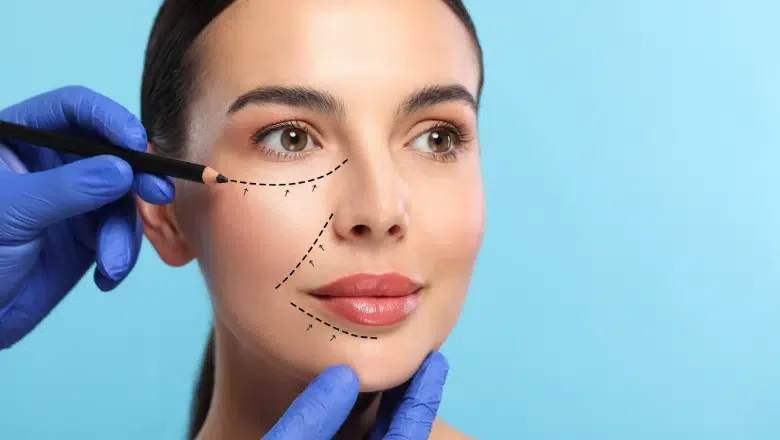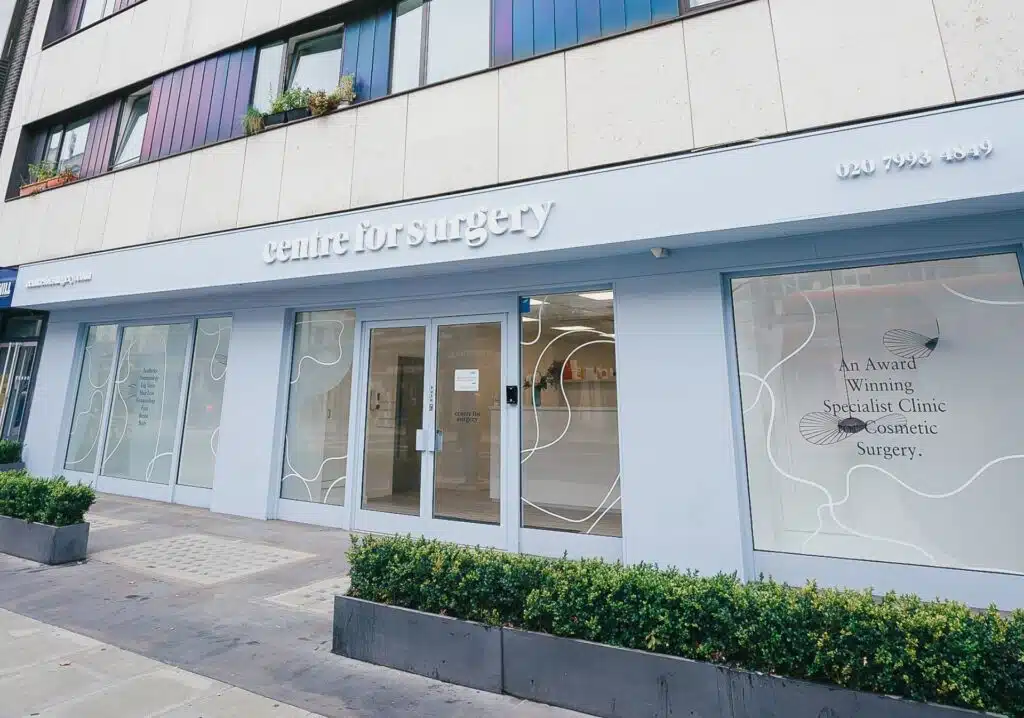The Resurgence of Facelifts in Modern Cosmetic Surgery: Understanding Your Options
In the world of cosmetic treatments, there has been a notable trend towards non-surgical procedures, especially those involving injectable solutions. These treatments have gained immense popularity due to their convenience and less invasive nature. This shift has led to a widespread belief that traditional surgical facelifts might be losing their appeal. However, current trends are indicating a significant comeback for the classic facelift. This resurgence is driven by a growing awareness among patients that for long-term, natural-looking facial rejuvenation, nothing beats the results achieved through a professionally conducted facelift.
When it comes to combating the signs of ageing on the face and countering the downward pull of gravity, many people find themselves at a crossroads: should they opt for a dermal filler treatment or a surgical facelift? It’s a decision that requires careful consideration of what each option entails.
Dermal fillers are a popular choice for those seeking a quicker, less invasive procedure. These treatments involve injecting substances under the skin to fill in wrinkles and add volume. The appeal of dermal fillers lies in their ability to offer immediate results with minimal downtime. However, it’s important to understand that the results from fillers are typically temporary, lasting anywhere from several months to a couple of years, depending on the type of filler used.
On the other hand, a facelift is a more comprehensive solution. As a surgical procedure, it involves more preparation and recovery time. Yet, the outcomes are often more pronounced and longer-lasting. A facelift works by removing excess skin, tightening underlying tissues, and repositioning skin on the face and neck. This process addresses sagging skin and deep wrinkles in a way that non-surgical methods can’t match. The results of a facelift can last for many years, making it a more permanent solution to facial ageing.
Choosing Between Dermal Fillers and a Facelift: What’s Right for You?
As we age, our facial skin and the soft tissues beneath it undergo significant changes. Factors like natural ageing, sun exposure, and repeated facial expressions contribute to a loss in skin elasticity and tone. Additionally, the decrease in facial fat and the weakening of supporting ligaments lead to sagging in the face and neck, often resulting in the formation of jowls. Understanding these changes is crucial when considering cosmetic procedures like dermal fillers or a facelift.
A facelift, or rhytidectomy, is a surgical procedure designed to address these ageing signs. Its primary goals are to remove excess skin and reposition the deeper tissues of the face to restore a more youthful appearance. There are various types of facelifts, such as SMAS facelifts, deep plane facelifts, and mid-facelifts, each tailored to address specific ageing concerns. Facelifts can also be combined with other procedures like neck lifts or eyelid surgeries for more comprehensive rejuvenation. Ideal candidates for a facelift are generally older individuals who still retain some skin elasticity, allowing the skin to conform smoothly to the face’s new contours.
RELATED: SMAS Facelift vs Deep Plane Facelift
In contrast, dermal fillers are non-surgical treatments involving the injection of soft tissue fillers into the skin. These fillers aim to restore lost volume, smooth out wrinkles, and enhance facial features. Dermal fillers are particularly suited for younger patients with mild to moderate ageing signs who are not yet ready for surgery. The effects of dermal fillers can last from six months to two years, depending on the type of filler used and the individual’s response.
However, it’s important to note that the results of dermal fillers are temporary and require ongoing treatments to maintain the desired effect. This could mean a greater long-term commitment both in terms of time and cost. Additionally, for individuals with more advanced ageing concerns, dermal fillers might not provide the comprehensive results that a facelift can achieve.
Are Dermal Fillers Safe?
Dermal fillers have become increasingly popular due to their perceived safety and non-invasive nature, especially when compared to surgical procedures. However, it’s crucial to understand that dermal fillers, like any medical treatment, carry certain risks. The rise in complications associated with dermal fillers, often due to inexperienced or unqualified practitioners, has raised significant concerns in the cosmetic industry.
A major UK newspaper has recently initiated a campaign calling for stricter regulation of the cosmetic industry, highlighting the growing need for better oversight in the use of dermal fillers. These fillers are currently the most prevalent cosmetic procedure in the UK, representing nine out of ten treatments. Despite their widespread use, dermal fillers are classified as medical devices, which means there are no stringent requirements for specific qualifications or training to purchase and administer them.
Another concerning aspect is the lack of a legal age limit for dermal filler procedures. The campaign urges for several key changes, including making dermal fillers illegal for individuals under 18, establishing a government-backed register for practitioners with accredited qualifications, and implementing stricter regulations on how social media platforms advertise dermal fillers.
When considering dermal fillers, it is imperative to thoroughly vet the qualifications and experience of the practitioner. The potential risks of dermal filler treatments include infections, tissue necrosis (death), and in extreme cases, blindness. These risks underscore the importance of seeking treatment from a reputable and skilled professional.
Enhancing Facial Rejuvenation: The Synergy of Combining a Facelift with Dermal Fillers
It is indeed possible and often highly beneficial to combine a facelift with dermal fillers for facial rejuvenation. This approach is frequently employed by experienced plastic surgeons to achieve optimal results. The synergy of these two procedures can address a wider range of ageing signs more effectively than either treatment alone.
A facelift, or rhytidectomy, primarily focuses on lifting and tightening loose skin and underlying facial tissues. This surgical procedure excels in correcting sagging and redefining the contours of the face. However, a facelift may not address all aspects of facial ageing, particularly the loss of volume and the softening of facial features that occur over time.
This is where dermal fillers come into play. Dermal fillers are designed to restore the youthful fullness and softness to the face. They work by replenishing volume in areas that have become hollow or sunken due to ageing. When used in conjunction with a facelift, dermal fillers can enhance the overall rejuvenation effect. They fill in the areas where the facelift may not be as effective, such as the cheeks, lips, and under-eye regions.
The combination of a facelift and dermal fillers can be likened to the process of baking and decorating a cake. The facelift lays the foundation by restructuring and tightening, much like baking the cake to the right shape and consistency. Dermal fillers then add the finishing touches, similar to applying icing, to ensure the face looks as youthful and natural as possible.










